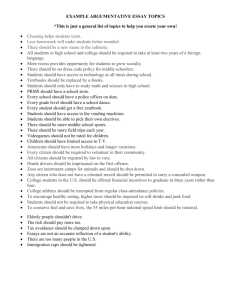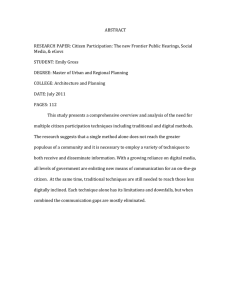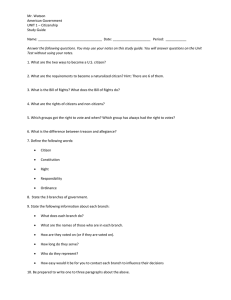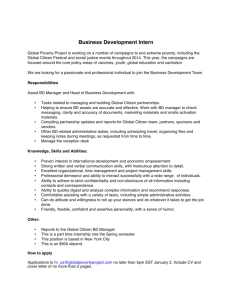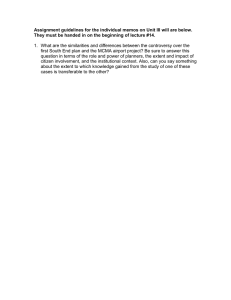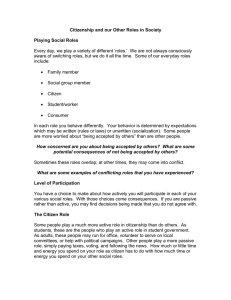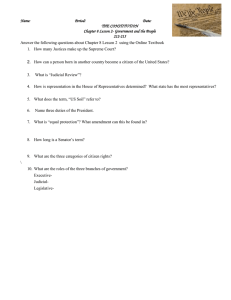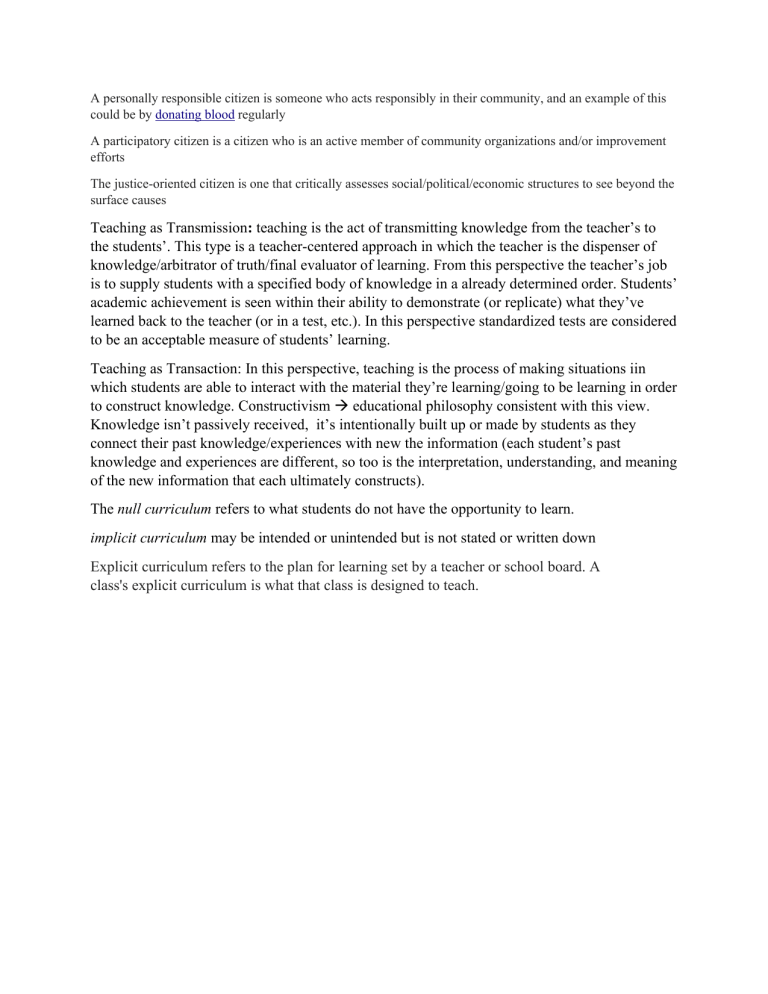
A personally responsible citizen is someone who acts responsibly in their community, and an example of this could be by donating blood regularly A participatory citizen is a citizen who is an active member of community organizations and/or improvement efforts The justice-oriented citizen is one that critically assesses social/political/economic structures to see beyond the surface causes Teaching as Transmission: teaching is the act of transmitting knowledge from the teacher’s to the students’. This type is a teacher-centered approach in which the teacher is the dispenser of knowledge/arbitrator of truth/final evaluator of learning. From this perspective the teacher’s job is to supply students with a specified body of knowledge in a already determined order. Students’ academic achievement is seen within their ability to demonstrate (or replicate) what they’ve learned back to the teacher (or in a test, etc.). In this perspective standardized tests are considered to be an acceptable measure of students’ learning. Teaching as Transaction: In this perspective, teaching is the process of making situations iin which students are able to interact with the material they’re learning/going to be learning in order to construct knowledge. Constructivism → educational philosophy consistent with this view. Knowledge isn’t passively received, it’s intentionally built up or made by students as they connect their past knowledge/experiences with new the information (each student’s past knowledge and experiences are different, so too is the interpretation, understanding, and meaning of the new information that each ultimately constructs). The null curriculum refers to what students do not have the opportunity to learn. implicit curriculum may be intended or unintended but is not stated or written down Explicit curriculum refers to the plan for learning set by a teacher or school board. A class's explicit curriculum is what that class is designed to teach. Constraints of the curriculum Lack of resources Lack of accoutibiliity in administration Constraints of policy “Dominant” Promotes cooperation and community Allows to cover marterial sort of quickly, and students have more agency in their learning/can learn from each other Weakness: need to incorporate way to try and ensure accountability, Emphasizing being respecting, important to create the norm of respectful criticism & also teach students to own their impact; be accountable Mindful listening, and doing timed shares/share backs to enforce/enstill those mindful listening skills Teacher more as a facilitator Appropriate for high school and middle schools students as is; may take more scaffolding, etc. with middle schoolers Group 2 Cornbleth: (engaging in the coping strategies) Strategic compliance and strategic redefinition – not overtly “rocking the boat” but covertly redefining/goes against the status, especially within conservative climate Stacy: Big take away – how to create interactive lectures to engage your students, and not just lecture at your students but sort of lecture with your students Group 7 Similarities: Similarities: break out into small groups and reporting back what they discussed, use of primary resources, multimodal element in lessons Differences: Ms. Morrison’s lesson was hinged off of the American perspective/Ms Weir’s was hinged off of the perspectives of different Latin American immigrants Different goals – different types of classes; one wanted to build an understanding of push and pull factors, even building empathy from discussing others experiences; the other focus on a lesson on public opinion and how it shifted and why

